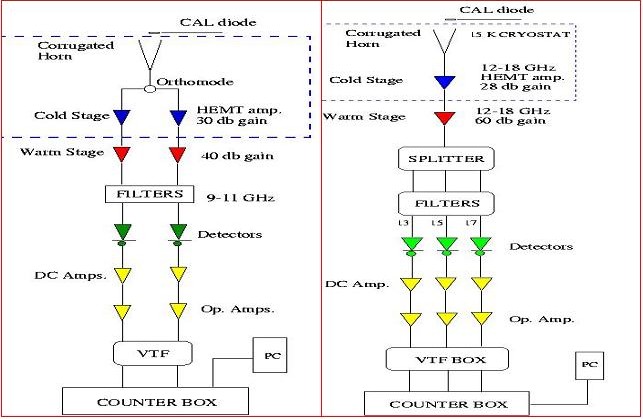The COSMOSOMAS Experiment. Brief Description
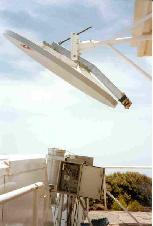
The COSMOSOMAS Experiment was completely designed and built by the Instituto de Astrofisica de Canarias (IAC), and started operations in 1998. It consisted in two similar instruments, COSMO11 and COSMO15 (see image), dedicated to mapping COSMOlogical Structures On Medium Angular Scales, and diffuse emission of our Galaxy.
Both instruments are based on a circular scanning sky strategy, consisting of a 60 rpm spinning flat mirror directing the sky radiation into an off-axis paraboloidal antenna, whose size is 1.8-m in the COSMO15 and 2.4-m in the COSMO11. These antennas focus the radiation on to cryogenically cooled HEMT-based receivers, both operating at a temperature of 20K (-253 C) and in the frequency range of 10-12GHz for COSMO11, and 12-18GHz for COSMO15. In the COSMO15 instrument, the signal is splitted by a set of three filters, allowing simultaneous observations at 13, 15 and 17GHz. Thus, four 1-degree resolution sky maps complete in right ascension and covering 20 degrees in declination are obtained every day at these frequencies.
Optical system and scanning strategy
A detailed description of the optical system and the scanning strategy can be found in Gallegos et al. (2001).
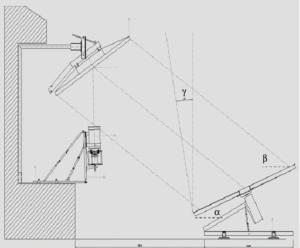 |
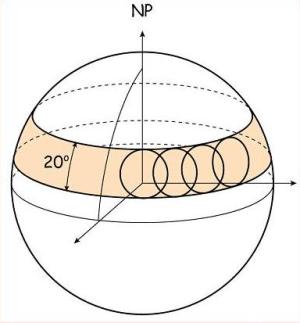 |
Noise analysis
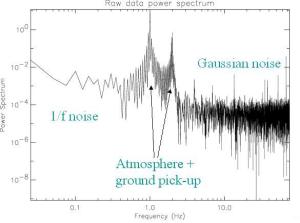
Electronic scheme of the two experiments
